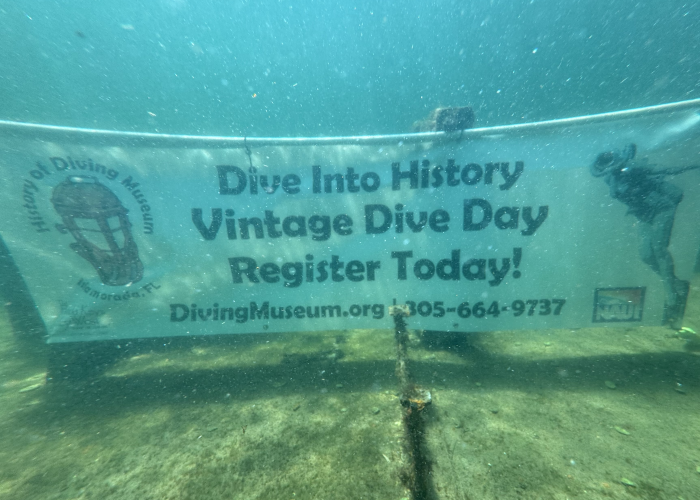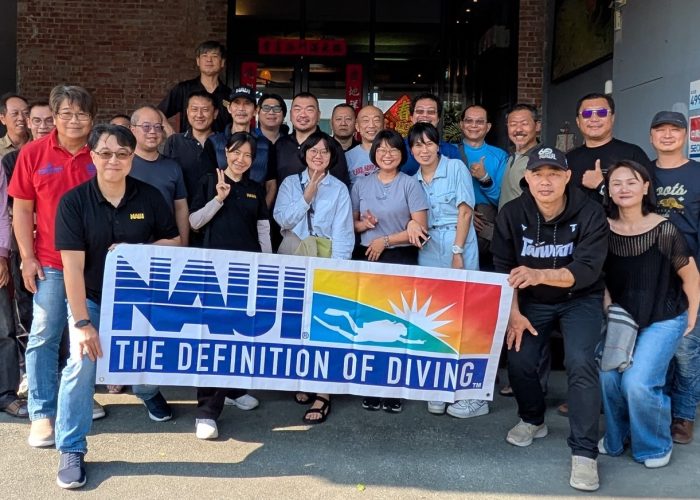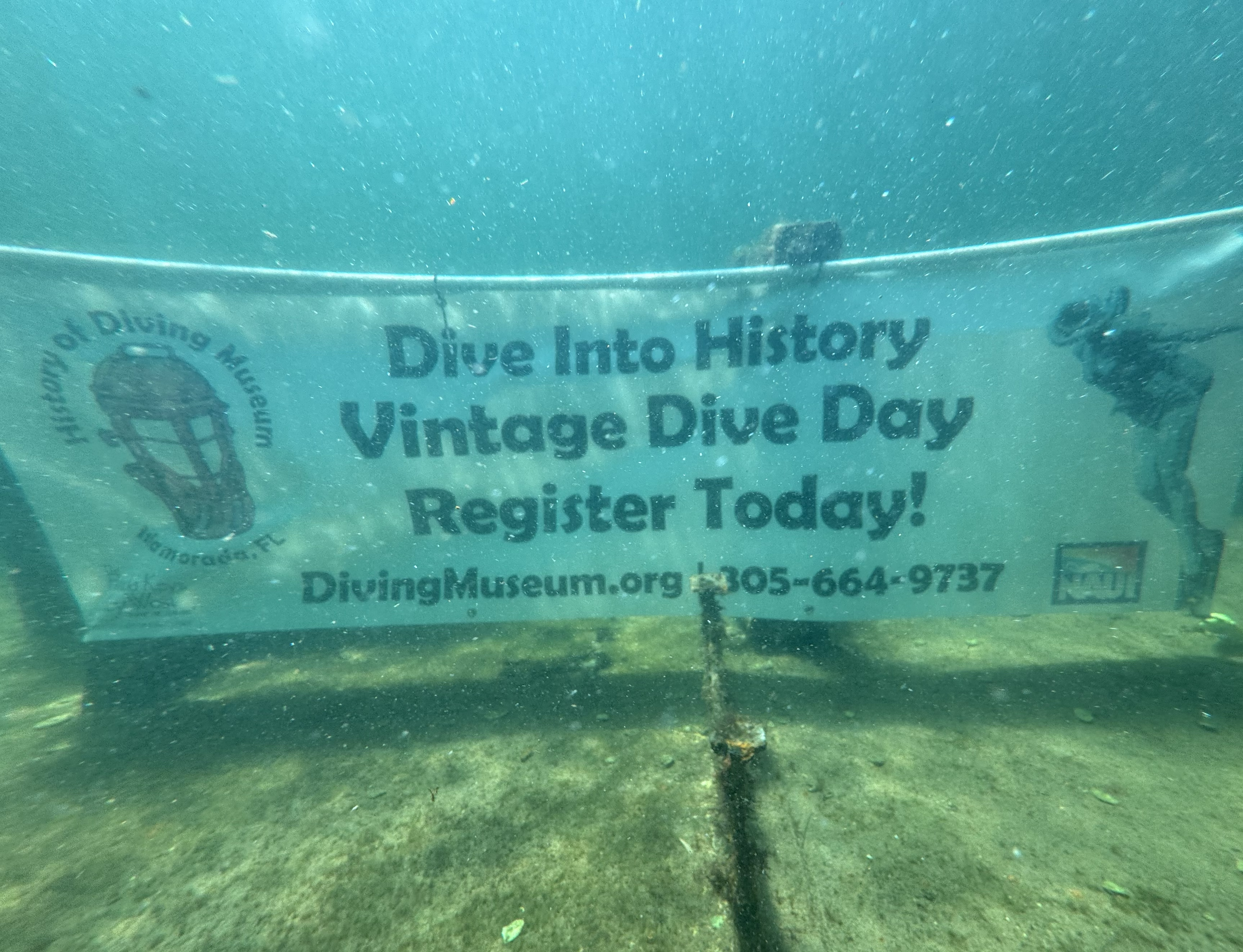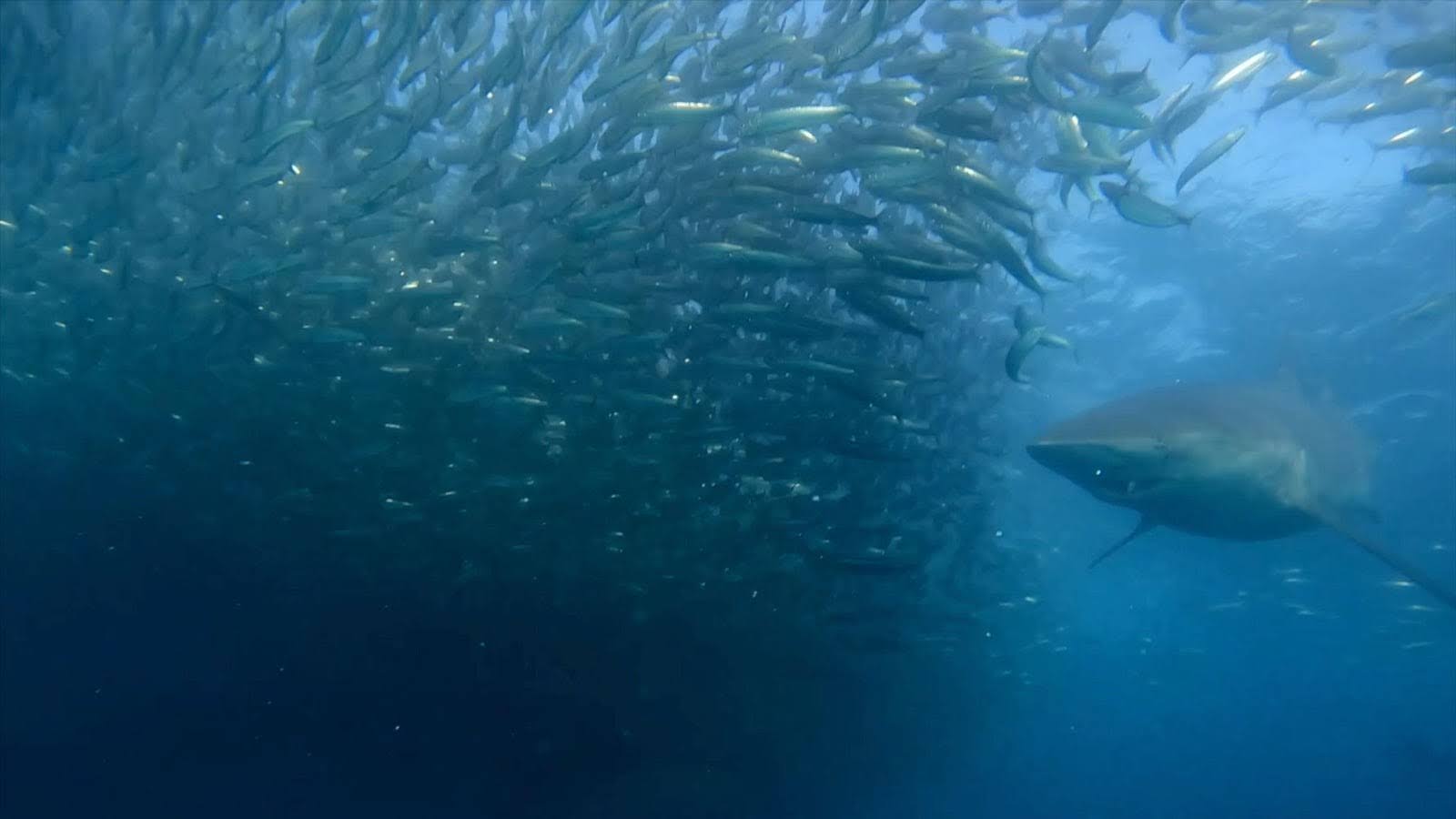Florida’s Keys contain the third largest barrier reef in the world. Much of the offshore areas in the Florida Keys are protected as part of national and state park programs and sanctuary areas. That protection has not stopped the advance of coral disease that has progressively claimed living corals, from Palm Beach County in the north to Key West in the south.
Concerned people in the Keys are coming together to study the reef ecology and work to counter the advance of coral death.

“Live coral coverage on the reefs is 3 to 5 percent. In the 1970s, when they first started to see a decline, live coral coverage was 50 to 60 percent,” Dr. Kylie Smith said. Dr. Smith, who has masters and doctorate degrees from Clemson University, has spent the last 10 years studying marine ecology in the Florida Keys trying to understand factors involved with coral decline.
Mike Goldberg, owner of Key Dives in Islamorada, Florida, has taken the lead with Dr. Smith to establish a program with the National Marine Sanctuary Foundation, Mote Marine Labs, and other partners to plant coral in permitted areas on reefs off Islamorada. Successful projects have been and are continuing through the work of the Coral Restoration Foundation and other non-profit organizations. Planting coral is not new, yet much still has to be learned about the science that will make it a long term success story to turn back tolls taken by coral bleaching and tissue disease.
“No other group is dedicated to restoring Islamorada’s reefs. … The only way to restore the reefs is for the dive community and the island community to do the work. We’ve established I-CARE, the Islamorada Conservation and Restoration Education project to transplant, monitor, maintain, and report findings to government and science,” Goldberg said.
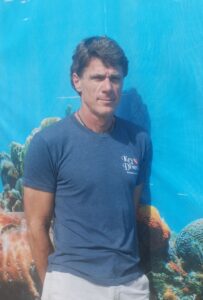
I-CARE anticipates that permits required to undertake the project will be issued by both the National Oceanic and Atmospheric Administration, which oversees the Keys marine sanctuary program and the Florida Wildlife Commission by summer 2020.
“Mote Marine Labs will be supplying all the coral. They grow it. It has been tested for resistance to high temperatures and screened to withstand high levels of acidification,” Goldberg explained.
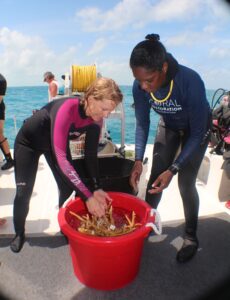
Goldberg studied marketing and finance at Northern Illinois University where he met his wife Marcia, who was attending law school. Despite successful careers, they decided to move to the British Virgin Islands and become dive instructors. “We went from six figures down to low two. After seven years operating a dive business in BVI they moved to Islamorada in 2004 and created Key Dives.
Together, Dr. Smith and Goldberg form the nucleus of the I-CARE team that includes dedicated divers and members of the community. The idea came about when Dr. Smith brought her equipment in for service at Key Dives. A conversation grew from their united passion for ocean conservation and reef ecology.
“We both saw coral decline from different perspectives. We both knew something had to be done about it,” Dr. Smith said. “The idea was to get divers more involved in coral restoration and to connect with the National Marine Sanctuary Foundation (NMSF). We discussed the project with Kris Sarri, the president and CEO of the NMSF. Kris was excited to get involved. We are now officially under the Keys Chapter of NMSF. Our goal is to restore reefs in Islamorada area using the entire community to accomplish that goal.”
While other groups are also working to restore reefs in the Keys, none are focused on the Islamorada area.
“For my dissertation I worked on coral transplanting with Mote. We spoke to [Mote] because of their experience and science they had done over the past 10 years,” Dr. Smith continued, “Here coral faced several challenges back to back. There were coral bleaching events in the summer and fall of 2014 and 2015. There was Hurricane Irma in September 2017, then stony coral tissue loss disease. Twenty-three species were susceptible to disease…the great thing about Mote coral is that the coral they have to transplant is taken from species that survived those challenges … eventually creating super corals.
“They take a tile saw and get the coral down to a couple of polyps. In a land based nursery they expose those corals to treatments of ocean temperatures and acidity levels of what they think the ocean will be like 10 years from now. Because of this methodology Mote has been successful with corals they have put back on reefs. Our out-planting and monitoring will be modeled after what Mote has done.”
Plugs of raised coral polyps will be planted on dead coral heads where they will grow and fuse together. Using this method, Dr. Smith projects that corals will grow to a size in four to five years that in nature would require a hundred years. The I-CARE project will first focus on staghorn coral (Acropora cervicornis). They also anticipate transplanting stony corals like brain and star species that have been ravaged by tissue disease. Each species requires separate permits from government authorities to transplant.
“We do not know the pathogens of coral tissue disease. We do not know where it started or how. There is a lot of research going on. The recent outbreak of stony coral tissue loss disease started in 2014 in the Ft. Lauderdale and Miami areas. There was a lot of dredging, sewage spills and shipping where bilges were discharged. Bleaching events in 2014 were noticed with increased water temperatures. We do not know what the real source is. I first saw it in Islamorada in 2017. It is now prevalent in Key West. It has not reached the Dry Tortugas yet,” Dr. Smith added.
Algae have created blooms in the ocean when increased nitrogen loads that are direct results of sewage and agricultural products that wash off the land or are pumped into the ocean. When algae dies it sinks to the bottom and chokes coral as large mats cover polyps. Florida’s burgeoning human population has long ago outpaced municipalities’ ability to deal with sewage effluents as well as chemicals poured on the land as fertilizers, herbicides, and insecticides.
“The dive community is getting committed. Dive shops have pledged $1 per snorkeler and $2 per diver. I have pledged 2 percent of Key Dives’ gross receipts to the I-CARE project. We hope other dive operators will do the same. Visiting divers and local volunteers will help with planting once the sites we have designated have been permitted. I’ve been diving here a long time. We must all work together to preserve our reefs,” Goldberg concluded, one of many voices in the Florida Keys speaking out for reef conservation.
For more information go to icareaboutcoral.org or call Mike Goldberg at 305-908-7072.
